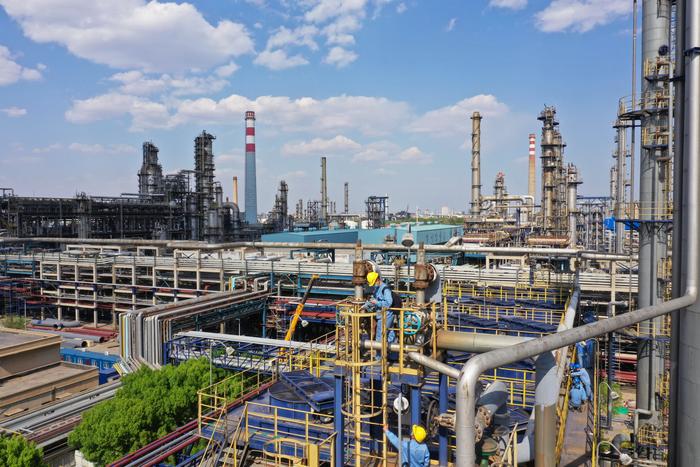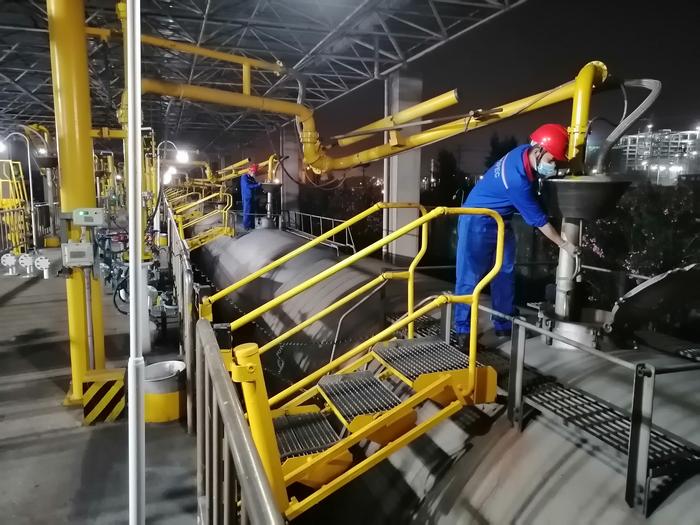|
| 2020-05-25 来源: 中国石化新闻网 |
| 石化新闻 |
中国石化新闻网讯 据今日油价5月23日报道,随着石油需求的崩溃,埃克森美孚(ExxonMobil)和雪佛龙(Chevron)等大型石油公司,既有上游(石油和天然气生产)资产,也有炼油资产,石油生产和炼油厂面临着巨大的财务压力。然而,这些公司还拥有大量的中游资产,即石油、天然气以及汽油等成品的运输和储存。中游资产通常起到“收费员”的作用,更能抵御大宗商品价格的波动。 在2014-2016年油价崩盘期间,许多中游公司——股份有限公司和主有限合伙公司(MLPs)实际上增加了它们的分销。但不受波动影响并不意味着他们完全不受价格暴跌的影响。尽管多数中游企业与客户有长期协议,但随着协议到期续签,它们可能会面临更苛刻的条款。因此,长期价格崩溃最终将影响中游行业的基本面。 如何知道哪些中游企业最有可能陷入财务困境,并可能不得不宣布减产,一种方法是看信用评级。信用评级越低,公司越有可能宣布削减发行,以支撑其财务指标。但资本支出削减的幅度可能也会有所警示。能源基础设施和MLP市场情报的独立供应商Alerian最近发表的一份报告对这一问题提供了一些启发。平均而言,资本支出较最初的指导意见减少了近30%,较2019年减少了45%以上 人们可能会猜测,大幅削减指导计划支出的公司,是那些面临削减分销成本风险最大的公司。事实上,上市公司中削减幅度最大的是DCP Midstream,该公司已经宣布削减50%的分销。 还有其他一些原因可能会导致中期资本支出的大幅削减。考虑到石油和天然气行业的不确定性,他们可能会格外保守。 洪伟立 摘译自 今日油价 原文如下: Midstream Companies Slash Capex By 50% After Oil Crash With the collapse in oil demand, oil producers and refiners have come under intense financial pressure. Not far behind are the integrated supermajors like ExxonMobil and Chevron. These companies have upstream (oil- and gas-producing) assets as well as refining assets, so they are getting hit on both ends. However, they also have substantial midstream assets. Midstream refers to the transport and storage of oil, natural gas, and finished products like gasoline. Midstream assets generally function as toll collectors, and are more insulated from the volatility of commodity prices. Many midstream companies — corporations and master limited partnerships (MLPs) — actually grew their distributions throughout the 2014-2016 oil price crash. But being insulated from the volatility doesn’t mean they are completely immune from the impacts of the price collapse. Although most midstream companies have long-term agreements with their customers, they are likely to face tougher terms as their agreements come up for renewal. Thus, a long-term price collapse will eventually impact the fundamentals of the midstream sector. How do we know which midstream companies are at greatest risk of running into financial difficulty, and potentially having to announce distribution cuts? One way is to look at credit ratings. The lower the credit rating, the more likely a company will announce a distribution cut to shore up its financial metrics. But the extent of cuts to capital expenditures may also be revealing. A recent note from Alerian, an independent provider of energy infrastructure and MLP market intelligence, sheds some light on this topic. The note featured the following table, which summarizes midstream capital expenditure (capex) reductions for 2020 for several midstream companies. On average, capex has been reduced nearly 30 percent against initial guidance, and more than 45 percent versus 2019. One might surmise that the companies making deep cuts to guidance are companies that are at the greatest risk of making distribution cuts. In fact, the deepest cuts listed are by DCP Midstream, which has already announced a 50 percent distribution cut. There are other reasons a midstream might make deep cuts to capital spending. They may just decide to be extra conservative given the uncertainty hanging over the oil and gas sector. But as an investor, I would be particularly wary of those companies announcing much deeper cuts than their peers. That is, at a minimum, a red flag about the company’s financials that should be investigated in greater detail. |








